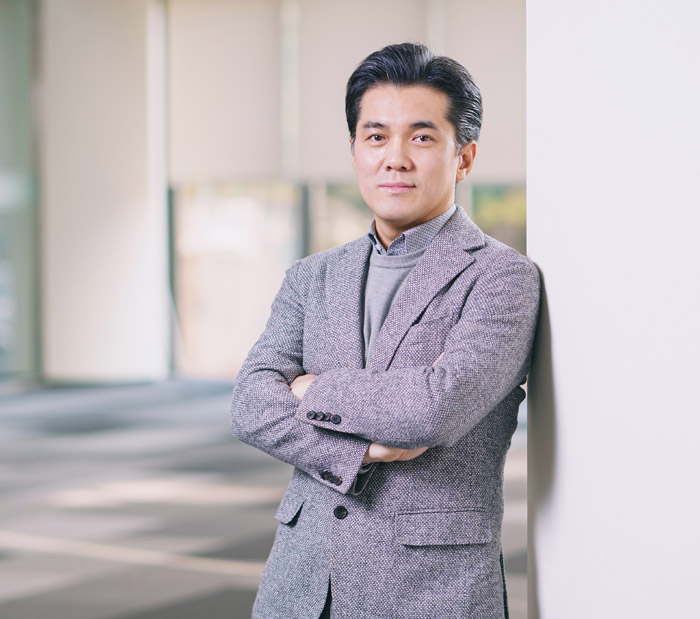Research Stories
Unveiling the impact of Fe incorporation on intrinsic performance of reconstructed water oxidation electrocatalyst
Securing the source technology for next generation ultra-high efficiency/stability electrocatalysts Chemical Engineering
Chemical Engineering
Prof.
YOO, PILJIN
Professor Pil Jin Yoo’s group (with Drs. Clament Sagaya Selvam and Gwan Hyun Choi) at school of chemical engineering announced that highly efficient and extremely stable oxygen evolution reaction (OER) electrocatalysts have been developed for the next generation water electrolysis technology. With a successful co-working with profs. Won-Sub Yoon (Department of Energy Science) and Won Bo Lee (Seoul National University) groups, in this work, they investigated the fundamental mechanism of dynamic interactions between electrolyte and electrocatalyst surface through experimental and theoretical way. This work was published in ACS Energy Letters (Impact Factor: 23.101) featured as a cover paper.
Thanks to its environmental benignity, the water electrolysis technology has received great interest both from academy and industry as a promising solution for producing clean hydrogen energy. During the electrolysis of water into hydrogen and oxygen gases, while the reaction side for the hydrogen evolution reaction proceeds in a relatively smooth and stable way, the concurrently occurring OER reaction generally suffers from high overpotential and degradation of electrocatalysts, hindering the practical and commercial utilization of the water electrolysis to the market.
To challenge this issue, the SKKU research team first proposed the nanostructured cobalt-sulfur hybrids (Co9S8) as a basic electro-conductive platform for high performance OER and subsequently electro-deposited a thin layer of nickel oxyhydroxide (NiOOH) over the surface of Co9S8 to simultaneously impart the erosion stability and electrochemical activity. In addition, for the first time, they elucidated that the enhanced electrocatalytic performance was originated from the self-Fe-doping of the catalyst surface as a result of dynamic interactions with the electrolyte.
With regard to this technological advance, prof. Yoo commented that “This approach would offer a new design toolkit for high performance OER electrocatalysts and it is greatly anticipated for being extensively utilized for materials in eco-friendly energy technology”. Prof. Yoo group has also reported leading-edge research result on novel electrocatalysts in Energy & Environmental Science (Impact Factor: 38.532) in May.
This work was published on December 10th in ACS Energy Letters (Impact Factor: 23.101) as a cover paper with the governmental funding support of NRF 2018M3D1A1058624, 2020R1A2B5B02002483, and 2021R1A4A1024129.
※ Paper 1 : “Unveiling the Impact of Fe Incorporation on Intrinsic Performance of Reconstructed Water Oxidation Electrocatalyst”, ACS Energy Letters, 6, 4345−4354 (2021).
* Paper 2 : “Modularly aromatic-knit graphitizable phenolic network as a tailored platform for electrochemical applications”, Energy & Environmental Science, 14, 3203–3215 (2021).


